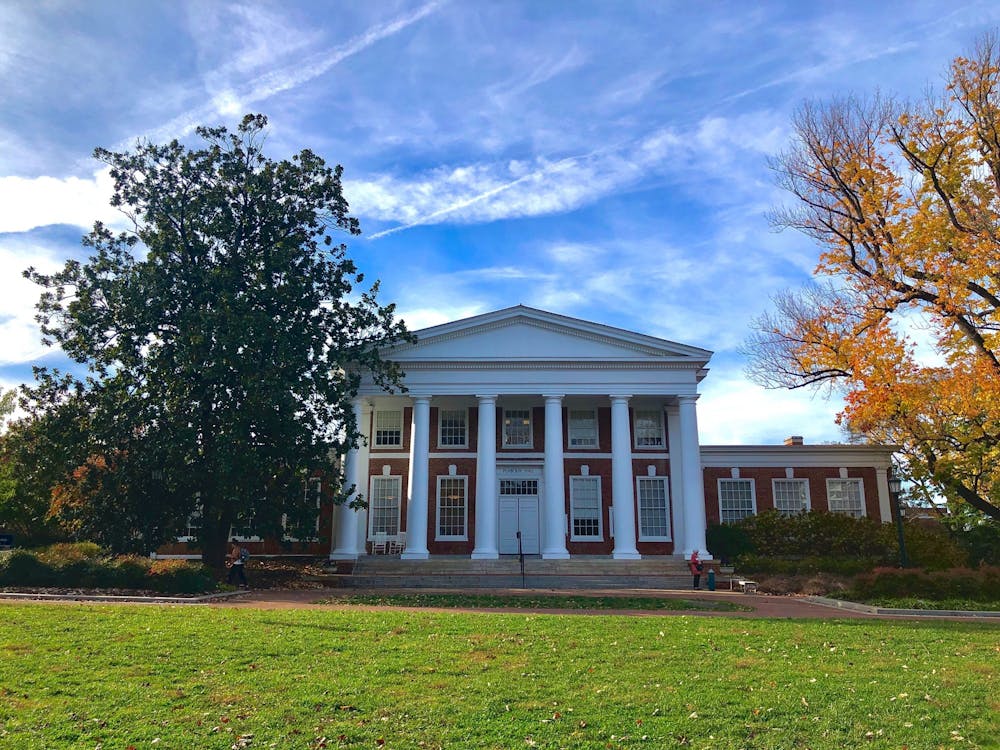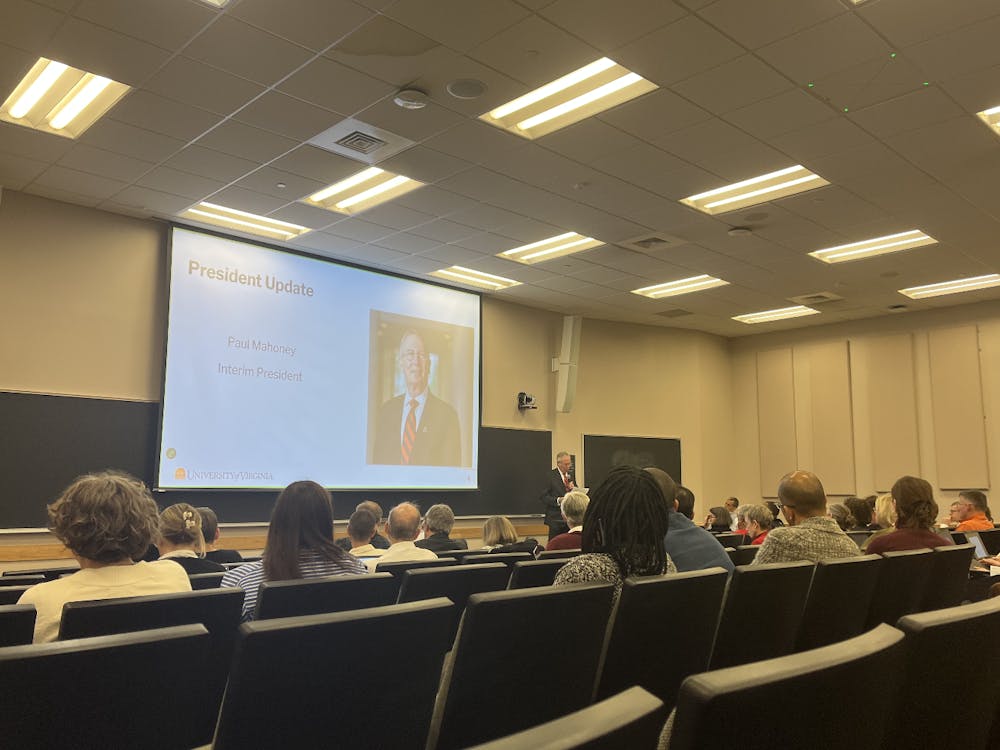The University released early action decisions Friday, extending offers of admission to 6,187 candidates out of a total of 28,897 applicants — a 21.4 percent offer rate. 40 percent of those admitted are students of color, 7 percent are foreign nationals and 46 percent are white.
The application pool for early action admission to the Class of 2025 saw a record 15 percent increase over those for the Class of 2024 when 25,160 applied. There was also a slight increase in the early action acceptance rate this year — up .7 percent from last year’s 20.7 percent offer rate.
“This year, admission through the early action option was incredibly competitive, perhaps our most competitive cycle ever,” Roberts said in a statement. “It’s an emotional and difficult process for teenagers and sharing deeply personal information with an admission committee takes great courage.”
The Office of Undergraduate Admissions extended offers of admission to a diverse array of candidates. There was a 16 percent increase in African American early action admits this year, with 478 offers. Notably, the number of American Indian admits increased from three for the Class of 2024 to seven for the Class of 2025. The Office of Undergraduate Admissions also extended offers to three Hawaiian/Pacific Islander applicants after not extending admission to any HPI applicants last year.
In an earlier interview with The Cavalier Daily, Dean of Admissions Greg Roberts noted the importance of attracting an incoming class filled with diverse backgrounds and interests.
“The diversity of the enrolling class is always a top priority for us,” Roberts said. “We expanded our search for students this year and invested heavily in virtual recruitment programming designed for different types of students with different questions and interests.”
Both first-generation and legacy applicant admissions increased this year, with 614 first-generation applicants receiving an offer and 590 legacy applicants.
Among total offers, 2,380 went to in-state students and 3,807 went to out-of-state students with offer rates of 30 percent and 18 percent, respectively. Of early action applicants, 7,849 candidates are from in-state, which remained relatively consistent with the Class of 2024’s 7,250 in-state early action candidates. Out-of-state applications increased significantly this year, from 17,910 for the Class of 2024 to 21,048 for the Class of 2025.
This year, the lowest offer rate was for the School of Nursing, which extended offers to 6 percent of applicants, followed by the School of Education and Human Development with an offer rate of 9 percent, the College of Arts and Sciences with 20 percent, the School of Architecture with 24 percent and the School of Engineering and Applied Science with 32 percent.
The early action admissions differs from early decision in that an offer of admission is not binding, meaning students are not required to attend the University upon acceptance. In December, the University accepted 968 out of 2,937 applicants for a 33 percent acceptance rate. Early action is the route many applicants who are prepared to apply by Nov. 1 and want the freedom to choose among other schools they may get accepted to opt to take.
This year, roughly 60 percent of applicants opted to apply for early action admission, 6 percent applied through the early decision option and 34 percent applied for regular decision admission.
Regular decision results will be released by April 1.







